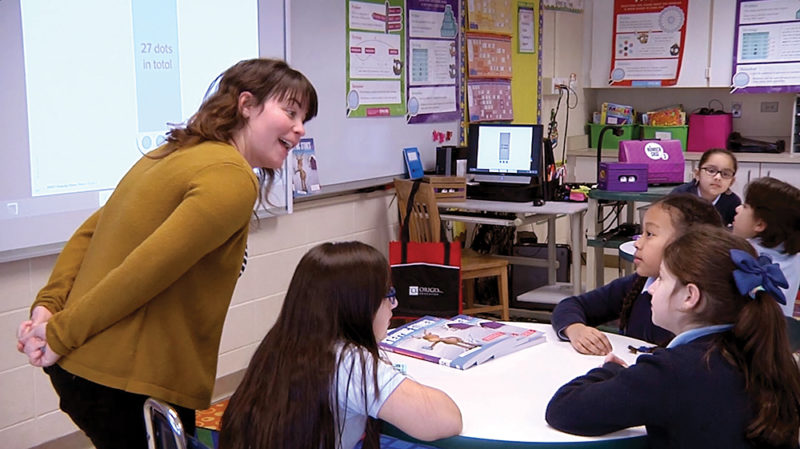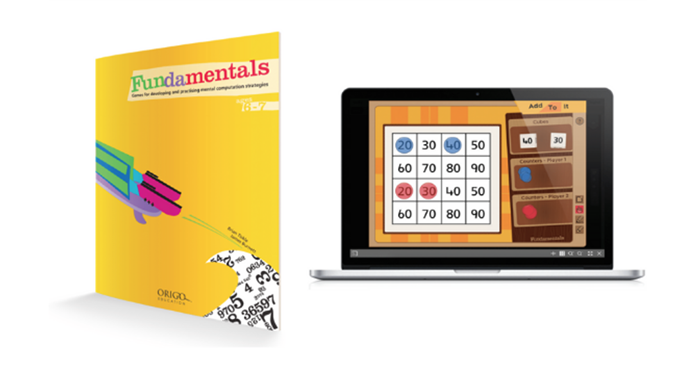Addition and Subtraction
Embracing the Technology that Empowers Teachers
Technology should empower, rather than replace, educators
At ORIGO Education, it goes without saying that we are always looking for new ways to improve the learning outcomes for students. By natural extension, this involves researching new technologies and the latest and greatest emerging teaching techniques. When we think about modern EdTech we are really thinking about the period from the early ’80s when affordable and compact computers were first thrust into the classroom. Since then technology in education has had an often checkered history. The reason for this aligns with ORIGO’s philosophy on EdTech; Technology should empower and not replace the teacher.
Students today are digital natives and we are the immigrants. Over the last 30+ years with each new technology introduced from desktops and laptops to interactive whiteboards and tablets, we know that teachers need training. Our students come to us knowing this new technology whereas teachers want and need training and support in leveraging this technology to produce better outcomes for their students
Teachers are the heart of the classroom
Teachers have expertise with diagnostic and communicative skills to understand how students react and adapt lessons or intervene on behalf of students. They are the drivers of a constant dialogue among themselves and their students. At ORIGO Education, we believe learning is a social activity and requires this discourse, a discourse that cannot happen if a student is placed in front of a device with headphones.
The best technology tools assist the teacher as they work through an activity, without automated marking or correcting. This type of technology allows space for both the teacher and the students to make mistakes and trigger conversations which help students develop a better understanding of mathematics.
Examples of empowering technology
Examples of this empowering technology include easy-to-use and intelligent searches for content, open-ended games which allow for discussion, tools to easily monitor and distribute content, and advanced interactive widgets for clearly demonstrating concepts. For example, students playing an ORIGO Fundamentals game with a partner can use screencasting tools, such as Screencastify or FlipGrid, or even ORIGO’s own SlateCast, to share their screens with another student, the teacher, or the whole class. This kind of technology serves the teacher and the lesson, allowing students to use it in a social way that positively influences their learning experience.
We understand the pressure teachers face to incorporate the latest tools and gadgets in the classroom. However, we also understand that teachers need proper support and appropriate content to keep them as the core drivers of outcomes in the classroom. Otherwise, teachers will become mere facilitators and we lose the natural, intuitive intervention and discussion that is at the heart of good teaching.
Want to learn more?
ORIGO Stepping Stones allows less time sitting and more time doing with interactive math resources. Check out the blog story New Digital Resources Make Mathematics Interactive.
Contributing Authors
Ben Train
Ben is the Innovation Lead at ORIGO Education and helps guide the company in staying abreast of industry trends and the development of its digital products.
Heather Monks
Heather is the Digital Product Manager responsible for managing ORIGO Education’s digital product portfolio. She spent the past 10 years in the world of Educational Technology, partnering with companies such as Google and Microsoft. Heather has worked closely with schools and districts helping to implement 21st-century tools in the classroom.




